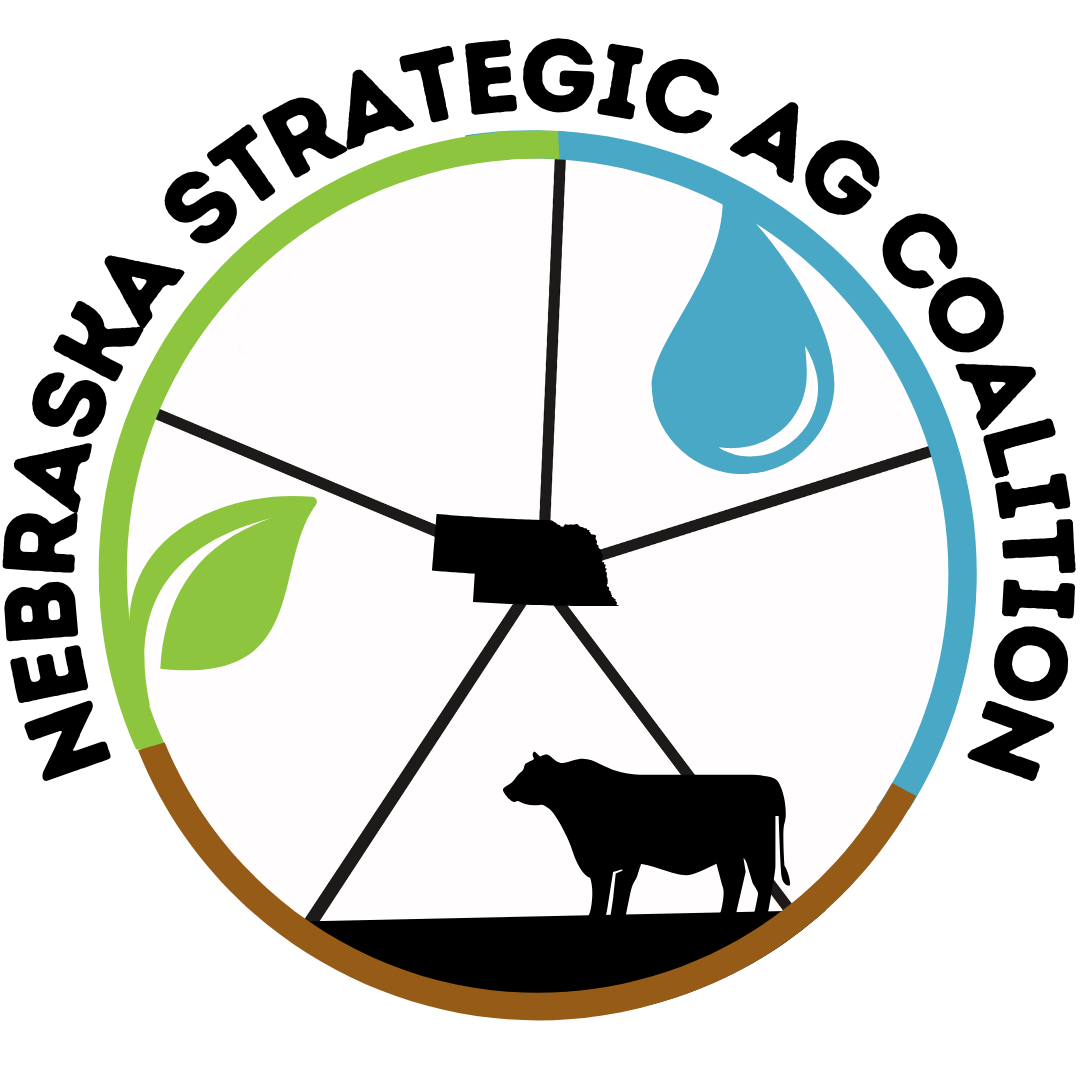Soil Health: Principle 4 of 5 – Maximize Plant Diversity:
Our prairie soils were built under a widely diverse plant community. This plant community consisted of grasses, sedges, nitrogen fixing legumes, wildflowers, forbs, and more, all with different root types and depths. The prairie ecosystem didn’t just provide for the bison, deer and pronghorn, it also provided for the soil fungi, bacteria, and worms. So, it seems to make sense that if we want to build healthy soils, we need to feed the soil a healthy, diverse diet.
How do we maximize plant diversity?
If you currently graze perennial pasture that has never been sod-busted, you may have many of the original prairie plants already. To keep or increase the diversity of your plant community, proper grazing management is key. Change season of use yearly, stock properly, rotate regularly.
On the crop production side, try to imitate the native plant community, which consisted of warm and cool season grasses and broadleaves. This can be done through crop rotation and the use of cover crops.
Examples of common crops in each category:
- Cool season grasses: oats, spring and winter wheat, rye
- Warm season grasses: corn, millet, sorghum, sudan
- Cool season broadleaf: peas, lentils, flax, canola
- Warm season broadleaf: soybean, sunflower, cowpea
If one or two of these crop types doesn’t fit into your operation, consider planting a cover crop mix with that crop type in the mix. By having all four categories in your rotation, you can help feed a more diverse soil microbiome.
When choosing species for your cover crop mix be sure to consider your other goals beyond feeding diverse soil life.
For example:
- Utilizing excess moisture
- Forage for livestock
- Weed suppression
- Building organic matter
- Reducing compaction
- Fixing nitrogen.
